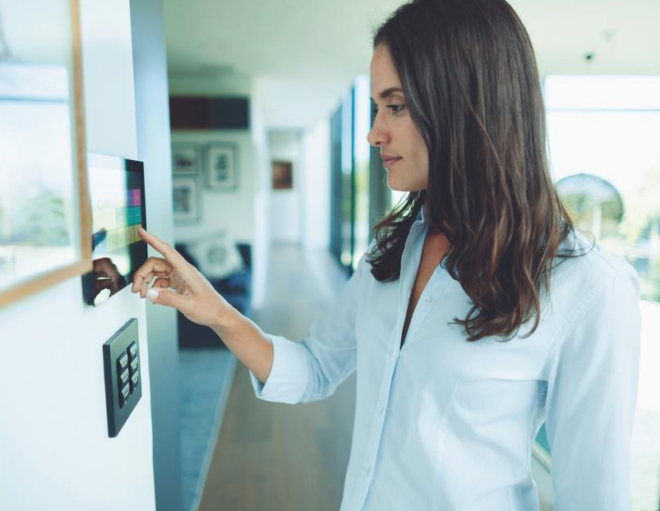A fit-for-purpose solution, Bluetooth® technology allows developers to create wireless innovations that best meet the needs of their target use case. While the most well-known Bluetooth use cases, such as audio streaming and wearables, are built with short-range connectivity in mind, this is not because of an inherent limit to the effective range of the technology. Bluetooth has the flexibility to be as precise as less than a meter or to reliably connect devices more than a kilometer apart. When determining signal range and reliability at greater distances, several factors need to be considered.
Radio Spectrum
Radio spectrum stretches from 30 Hz to 300 GHz. The lower the frequency, the longer the range. However, the lower the frequency, the lower the data rate it can support. As a result, selecting a radio spectrum comes with tradeoffs between range and data rate.
Bluetooth® technology uses the 2.4 GHz ISM spectrum band (2400 to 2483.5 MHz), which enables a good balance between range and throughput. In addition, the 2.4 GHz band is available worldwide, making it a true standard for low-power wireless connectivity.
Transmit Power
Think of transmit power like the volume of your voice. The louder you speak, the farther away someone can hear you, but the more energy it takes.
Choosing a transmit power level is a design tradeoff between range and power consumption. The higher the transmit power, the more likely the signal can be heard at longer distances, and the longer the effective range. However, increasing the transmit power increases the power consumption of your device.
Bluetooth® technology supports transmit powers from -20 dBm (0.01 mW) to +20 dBm (100 mW).
Receiver Sensitivity
Bluetooth® technology specifies that devices must be able to achieve a minimum receiver sensitivity of -70 dBm to -82 dBm, depending on the PHY used. However, Bluetooth implementations typically achieve much higher receiver sensitivity levels of -95 dBm or better.
Think of receiver sensitivity as a measure of how well you can hear or the quietest sound you can hear and understand. Receiver sensitivity is the measure of the minimum signal strength a receiver can interpret. In other words, it’s the lowest power level at which the receiver can detect a radio signal, maintain a connection, and still demodulate data.
Other Factors
Learn more about other factors, such as path loss, antenna gain, and PHY, that play a key role in determining the effective range of a Bluetooth solution. And check out the Bluetooth range estimator to see how far Bluetooth® range can go for you.
![]()
FEATURED TOOL
The Bluetooth Range Estimator
Calculate the expected range between two Bluetooth devices.

























